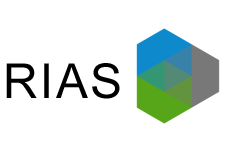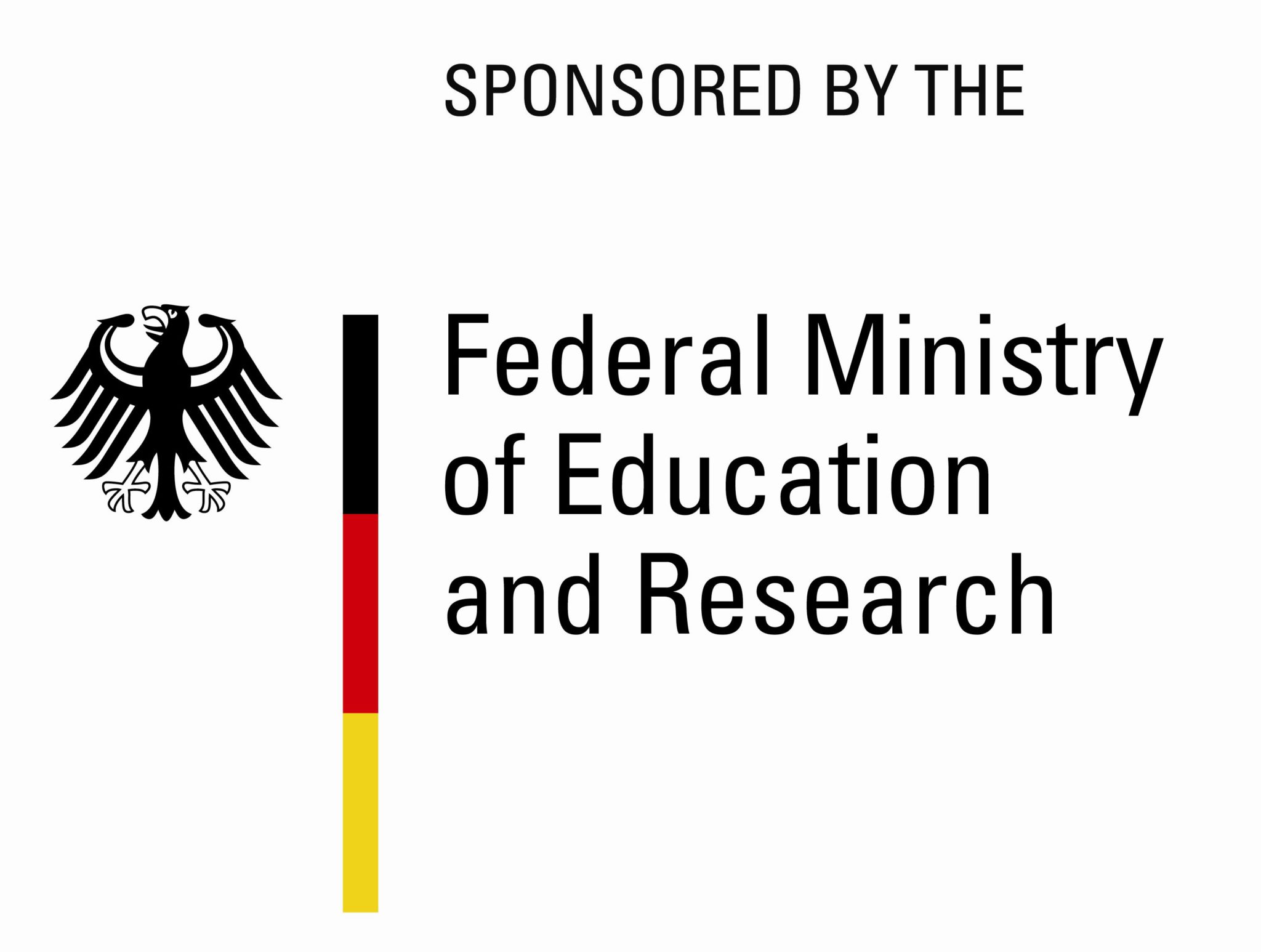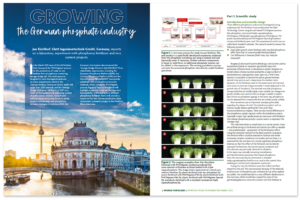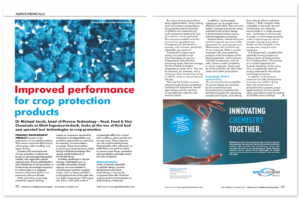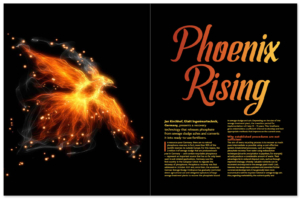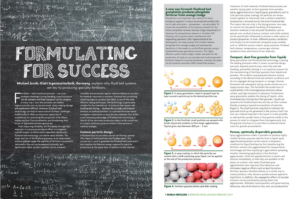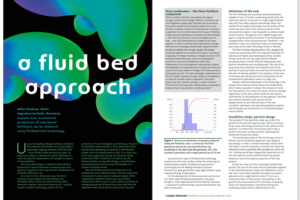Resource-saving and integrated activated carbon production at wastewater treatment plants for the elimination of trace substances
In recent years, the elimination of trace substances from municipal wastewater has increasingly become the focus of public attention. The input pathways of trace substances into the water cycle include, in particular, municipal wastewater treatment plants, which can contribute to the reduction of emissions of trace substances into the aquatic environment through advanced process technologies that go beyond conventional wastewater treatment. In addition to oxidation with ozone, adsorption on activated carbon has proven to be a practicable process. Organic trace substances contained in the effluent of wastewater treatment plants can be removed by adsorption on activated carbon. Activated carbon is a highly porous material that can be produced by activating coked raw materials (typically: coconut, lignite, hard coal, wood, etc.). However, activated carbon production, which is mainly carried out in Asia, implies a very high environmental impact.
The aim of the ERWAS follow-up project RIAS “Resource-saving and integrated activated carbon production at wastewater treatment plants for the elimination of trace substances” is to extract wastewater-borne organic substances from raw wastewater by screening, to convert them into resource-saving activated carbon (RAK) and then to use this form for the elimination of trace substances at municipal wastewater treatment plants.
The concept underlying the RIAS project envisages pretreating municipal wastewater at wastewater treatment plants mechanically by means of wastewater screening rather than by means of a primary clarifier, as is usually the case. In the project, the pre-treatment is optimized by the use of different screen mesh sizes with regard to screenings recovery. The findings of the ERWAS E-Klär project can be used as a basis. The screenings obtained are then thermally treated using the hydrothermal carbonization (HTC) or pyrolysis processes, then pelletized and finally activated in a rotary kiln. In addition, untreated, pelletized screenings are also activated directly.
The RAK produced in this way will be characterized in the further course of the project with regard to its performance for trace substance elimination and compared with conventional activated carbon. The aim is to determine the most suitable process combinations and best process settings for converting the screenings into a resource-saving activated carbon optimized for trace substance elimination. In addition, the RAK produced in the project will be considered from both an economic and an ecological point of view, and the self-sufficiency of wastewater treatment plants with regard to the production and application of RAK for the elimination of trace substances will be evaluated.
Within the scope of this research project, Glatt is testing the cost-efficient and effective compounding or pelletizing of carbonisates by means of fluid bed technology. From a large number of customer and research projects, Glatt can draw on extensive experience in the development of pelletizing processes with regard to specified product qualities, process requirements or processing conditions of the raw materials. For example, the rotor agglomeration processes developed in a previous research project offer approaches which will be incorporated into the pelleting process to be developed here.
Project partners
Project partners are 2 research institutions, 3 commercial enterprises and 1 water board. Coordination is carried out by the Institute for Urban Water Management at RWTH Aachen University Director: Univ.-Prof. Dr.-Ing. Johannes Pinnekamp Mies-van-der-Rohe-Straße 1, 52074 Aachen.
Click here for the website of “RIAS”.
Partner institutions:
-
Institut für Siedlungswasserwirtschaft der RWTH Aachen (coordination)
- Fachgebiet Konversionstechnologien nachwachsender Rohstoffe der Universität Hohenheim
- HUBER SE
- HTCycle AG
- Ruhrverband
- Glatt Ingenieurtechnik GmbH
- Institut für Energietechnik und Sicherheit des Karlsruher Institut für Technologie KIT
The ERWAS follow-up project “RIAS – Resource-efficient and integrated activated carbon production at wastewater treatment plants for the elimination of trace substances” has been funded by the German Federal Ministry of Education and Research (BMBF) since November 01, 2019 under the funding code 02WER1529 for a period of three years. The project executing organization is the Projektträger Karlsruhe, Water Technology Department
Funding period 01.11.2019 – 30.06.2023
Funding reference: 02WER1529C
Further information on this topic and related topics can also be found in the following publications:
Published article: ‘Growing the German phosphate industry’. PDF, English
Published article: ‘Improved performance for crop protection products’, PDF, English
Published article: ‘Like a phoenix from the ashes’. A recovery technology that releases phosphate from sewage sludge ashes and converts it into ready-to-use fertilizers. PDF, English
Published article: ‘Fomulation For Success – Fluid Bed Systemes as Key for the Production of Speciality Fertilizers’, PDF, English
Published article: ‘A Fluid Bed Approach – Case study on the economical production of urea-based fertilizers can be achieved using fluidised bed technology’ PDF, English

